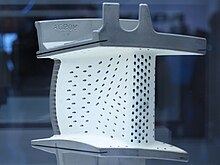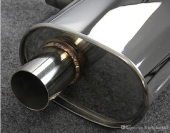





God of procrastination https://www.youtube.com/watch?v=q1EoT9sedqY













God of procrastination https://www.youtube.com/watch?v=q1EoT9sedqY










God of procrastination https://www.youtube.com/watch?v=q1EoT9sedqY









William Bronson wrote:Oh! In that case, you should consider a propane fueled generator.
Well,that is assuming your end goal is electrical power or inducing rotational motion.

God of procrastination https://www.youtube.com/watch?v=q1EoT9sedqY




My opinions are barely worth the paper they are written on here, but hopefully they can spark some new ideas, or at least a different train of thought





Peter VanDerWal wrote:Just a piece of friendly advice. If you don't know what you're doing, don't play with steam.
God of procrastination https://www.youtube.com/watch?v=q1EoT9sedqY









God of procrastination https://www.youtube.com/watch?v=q1EoT9sedqY




A human being should be able to change a diaper, plan an invasion, butcher a hog, conn a ship, design a building, write a sonnet, balance accounts, build a wall, set a bone, comfort the dying, take orders, give orders, cooperate, act alone, solve equations, analyze a new problem, pitch manure, program a computer, cook a tasty meal, fight efficiently, die gallantly. Specialization is for insects.
-Robert A. Heinlein
 1
1




Regrets Last






 1
1




Chris Kott wrote:
One of the problems I forsee, based on the explanation above, is the fact that moving from steam-producing temperatures to lower temperatures so as to not stress the metal would encourage condensation
-CK

God of procrastination https://www.youtube.com/watch?v=q1EoT9sedqY

| I agree. Here's the link: http://stoves2.com |




